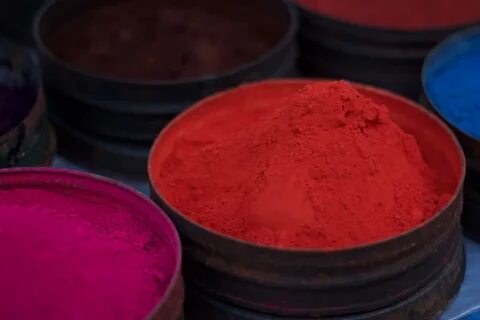Cationic Dyes Market - Global Industry Analysis 2014 - 2018 and Forecast 2019 - 2029
Increased population growth has resulted in an increase in clothing demand, which has resulted in the rise of the textile sector. The rise of the textile sector is a major driver driving the cationic dyes market. Changing lifestyles and fashion trends around the world have boosted textile consumption, which is likely to fuel demand for cationic dyes.
The worldwide cationic dyes market is expected to benefit from the low cost of cationic dyes and their wide shade range with strong tinctorial strength. Other factors that would positively influence the growth of the cationic dyes market include increased disposable income, rising demand for athleisure, and rising fashion awareness.
Increased environmental consciousness as a result of increased pollution and a growing number of rigorous regulations on effluent disposal may stifle the market expansion of cationic dyes.
Cationic dyes are those that can dissolve into positively charged ions in an aqueous solution. Cationic dyes react with the negative group of fibre molecules to generate a salt, which results in the establishment of a strong bond, and so the fibre is dyed with cationic dyes.
Cationic dyes are also known as basic dyes because they behave as a base when dissolved in water. On fabric and textile materials, cationic dyes provide vivid colours with high tinctorial values. Acrylic fibres are primarily dyed with cationic dyes. They can also be used to dye and print polyester fibres, as well as anionic modified synthetic fibres.
Cationic dyes are also used in the dyeing of silk and wool fibres. Cationic dyes, on the other hand, are primarily thought of as specific dyes for acrylic fibres. Cationic dyes are available in both powder and liquid forms. Condensation or azo coupling reactions are used to make commercially available cationic dyes.
Cationic dyes are also known as basic dyes because they behave as a base when dissolved in water. On fabric and textile materials, cationic dyes provide vivid colours with high tinctorial values. Acrylic fibres are primarily dyed with cationic dyes. They can also be used to dye and print polyester fibres, as well as anionic modified synthetic fibres.
Cationic dyes are also used in the dyeing of silk and wool fibres. Cationic dyes, on the other hand, are primarily thought of as specific dyes for acrylic fibres. Cationic dyes are available in both powder and liquid forms. Condensation or azo coupling reactions are used to make commercially available cationic dyes.


Comments
Post a Comment